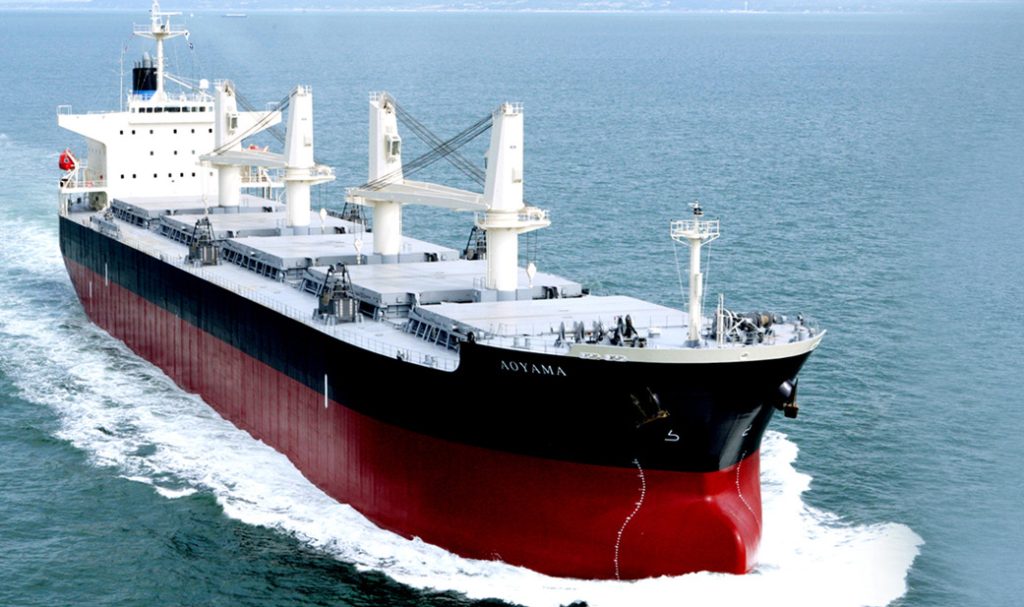ABOUT US
WHO WE ARE
Zhejiang Xinnai Shoes Co., Ltd.
Zhejiang Xinnai Shoes Co., Ltd. was established in 2002 and is located in Rui’an, Zhejiang Province, China. We have been specializing in the production of safety shoes for over 20 years, integrating shoes development and production. With professional production technology experience and a dedicated R&D team, we serve markets across Europe, North America, South America, and ASEAN regions.
As a leading manufacturer of safety shoes, our company adheres to principles of quality and reliability. We strive to provide first-class safety shoes, ensuring protection and comfort. We firmly believe that customer satisfaction is the foundation of our success and the driving force behind our continuous pursuit of excellence.

WHAT WE HAVE
We have extensive professional qualifications and have obtained certifications and certificates issued by multiple authoritative organizations at home and abroad. These qualifications are not only a high recognition of our professional level, but also an important guarantee for us to provide customers with high-quality services

WHAT WE ARE
Products include safety shoes, work shoes, casual shoes, and more. All products meet international quality standards, are made from high-quality materials, and follow strict production processes. Each product undergoes rigorous quality control and enjoys a strong reputation in the global market. We are committed to providing our customers with high-quality service and products.
Our products are applicated in chemical petroleum, terminal transportation, machinery manufacturing, automobile production, electronics industry, construction sites, etc.

WHAT WE DO
Our market presence extends across Europe, North America, South America, and ASEAN regions. We have established long-term, cooperative business relationships with major companies from various countries. With extensive experience in international trade, we ensure efficient logistics and shipping services for our customers.

How long does safety shoes last?
Frequency of use The frequency of use of safety shoes is one of the important factors that determine their lifespan. People who usually wear safety shoes every day, such as workers working in high-intensity environments such as construction sites and factories, will wear out their shoes faster. If they are worn for more than 8…
Who is required to wear safety shoes?
Construction Construction sites are often filled with heavy equipment, building materials, and sharp tools, making them a high-risk area for accidents. Risks faced by construction workers include: Falling objects: During the construction process, objects (such as bricks, concrete blocks, etc.) may fall and injure the feet. Steel-toed safety shoes can effectively reduce the damage caused…
How to store safety shoes?
Cleaning safety shoes Before storing safety shoes, it is very important to make sure the shoes are clean. Especially in the working environment where safety shoes are used, shoes are often exposed to dirt, oil, chemicals or other impurities. If these substances are not cleaned in time, they may damage the material of the shoes…
How to clean safety shoes?
Remove dirt and debris from the surface of safety shoes Use a soft-bristled brush (such as a shoe brush or an old toothbrush) to gently brush away dust, dirt and other dirt from the upper and sole of the shoe. If this method does not remove it, you can wipe off the debris with a…
How safety shoes are made?
Design and Planning The first step in producing safety shoes is to start with design. A good design should not only consider the appearance of the shoes, but also ensure that the shoes meet specific safety standards and functions. • Safety standard considerations Safety shoes must meet the safety standards of different countries and industries,…
Can safety shoes cause bunions
How safety shoes cause bunions A bunion is a bony protrusion that forms at the big toe joint, which not only affects the appearance of the foot, but can also cause pain and discomfort. If the right safety shoes are not chosen correctly, it may cause the wearer to develop a bunion. Here are the…
